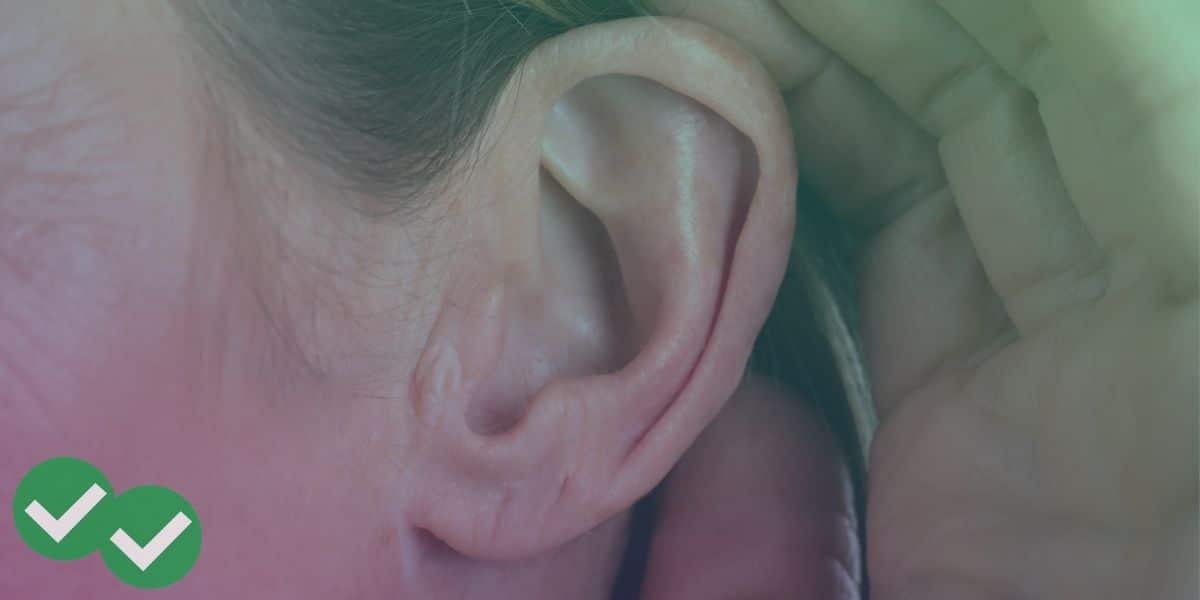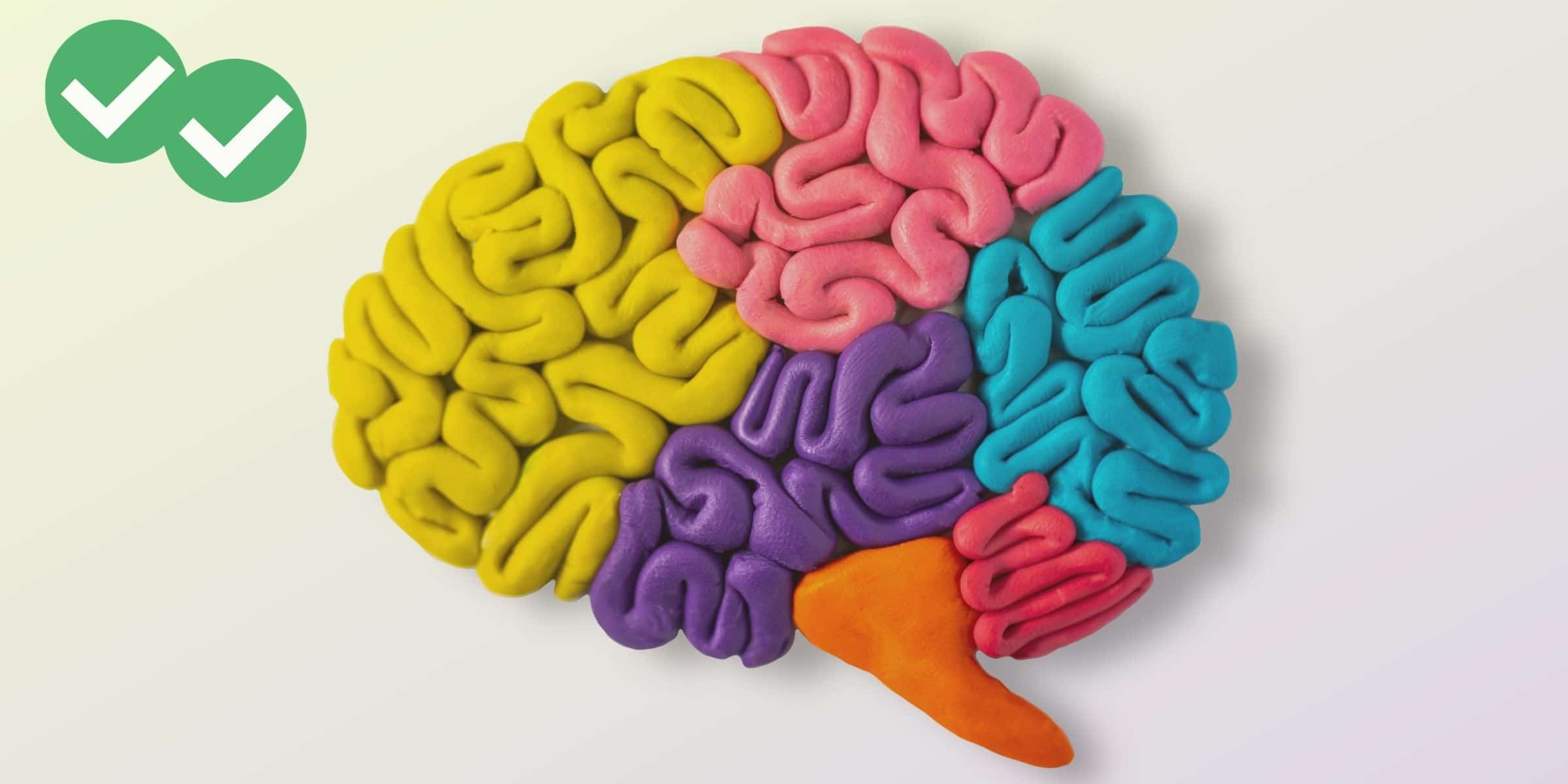In a recent post, the Magoosh TOEFL Blog gave you a list of English words commonly used in research settings. The words were presented in all of their different grammar forms. If you’ve studied those words carefully, you should now be ready to take a quiz on these words. But before we get to the quiz, let’s review a chart of the words one more time:

Now, let’s get to the quiz. Like many tasks on the TOEFL, this quiz is an integrated task. It combines reading and listening skills. I’ll say series of sentences that use different forms of the words in the chart above. As you listen to the audio track, read the sentences below the track and fill in the blanks. This quiz tests your ability to recognize words based on both audio and written context—just like you would in a college class!
The answer key appears at the very bottom of this post. No peeking!
Listen and fill in the blanks (words will be based on the chart above)
- Several other studies got the same results as the first piece of research, (A) the initial findings.
- I’d like to (A) that there is a strong (B) between climate change and changes to the chemical balance of sea water.
- In the study, the plant species were exposed to a (A) temperature of 35 centigrade, and this higher temperature seemed to (B) their growth.
- Archeological evidence from the Assyrian (A) indicates that (B) and soldiers interacted regularly.
- After (A) with my research fellows, we concluded that we should present our study at the next academic (B) in Montreal.
- Since we’ll be studying human subjects, you’ll need to get all participants to complete these (A)
- Our findings are (A), because they haven’t been (B) by other studies. So for now, we should (C) these findings from (D) about theory.
- (A) 100 people will participate in this study. Based on this (B), it will take about 72 hours to review all of the data we gather.
- We need to take more than just a (A) approach to this question. (B) is no substitute for evidence-based research.
- If the pollutants didn’t cause illness in the frogs that we studied, this (A) that pollution is not the reason that the frogs in the lake are sick. Based on this (B), we will now try to find other causes for the problems we’ve observed in lake frogs.
- As you can see on these (A), we’ve (B) each new chemical compound with a different number.
- In different (A) of soil, you can see different microbes.
- We gave each rat a different (B) of training, to see if deliberate instruction boosts brain activity.
- We have a new high (A) photo of the dog’s skin. This should (B) the uncertainties we had about dog skin cells in our earlier studies.
- This new research (A) places a strong (B) on the results of experiments on live animals.
Answer key
- Several other studies got the same results as the first piece of research, validating the initial findings.
- I’d like to emphasize that there is a strong link between climate change and changes to the chemical balance of sea water.
- In the study, the plant species were exposed to a maximum temperature of 35 centigrade, and this higher temperature seemed to maximize their growth.
- Archeological evidence from the Assyrian civilization indicates that civilians and soldiers interacted regularly.
- After conferring with my research fellows, we concluded that we should present our study at the next academic conference in Montreal.
- Since we’ll be studying human subjects, you’ll need to get all participants to complete these consent
- Our findings are debatable, because they haven’t been validated by other studies. So for now, we should exclude these findings from debates about theory.
- Approximately 100 people will participate in this study. Based on this approximation, it will take about 72 hours to review all of the data we gather.
- We need to take more than just a philosophical approach to this question. Philosophy is no substitute for evidence-based research.
- If the pollutants didn’t cause illness in the frogs that we studied, this implies that pollution is not the reason that the frogs in the lake are sick. Based on this implication, we will now try to find other causes for the problems we’ve observed in lake frogs.
- As you can see on these labels, we’ve labelled each new chemical compound with a different number.
- In different layers of soil, you can see different microbes.
- We gave each rat a different regiment of training, to see if deliberate instruction boosts brain activity.
- We have a new high resolution photo of the dog’s skin. This should resolve the uncertainties we had about dog skin cells in our earlier studies.
- This new research scheme places a strong emphasis on the results of experiments on live animals.






Leave a Reply